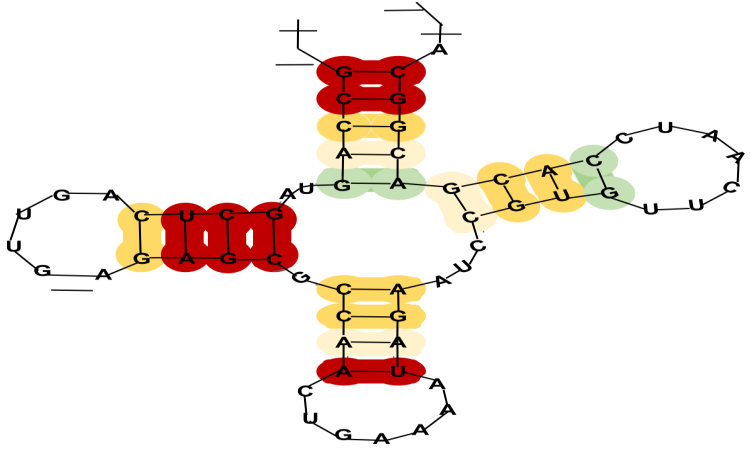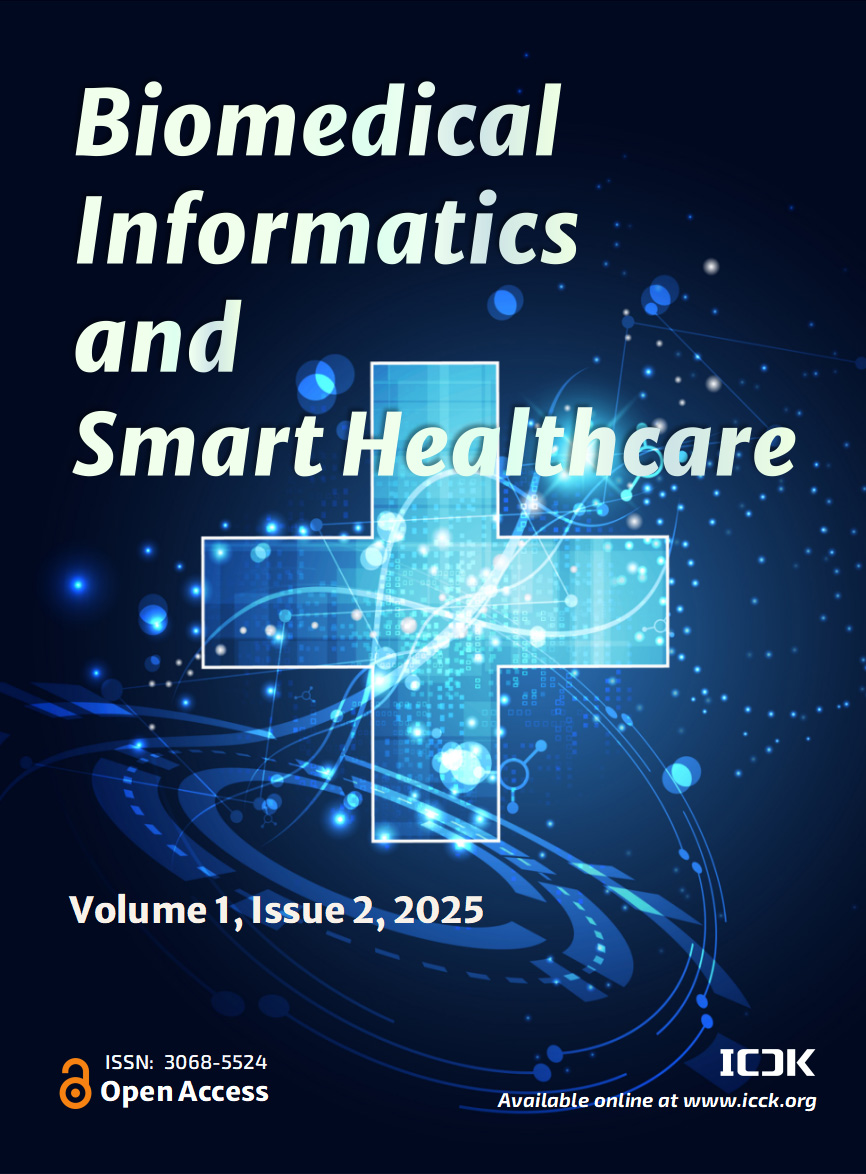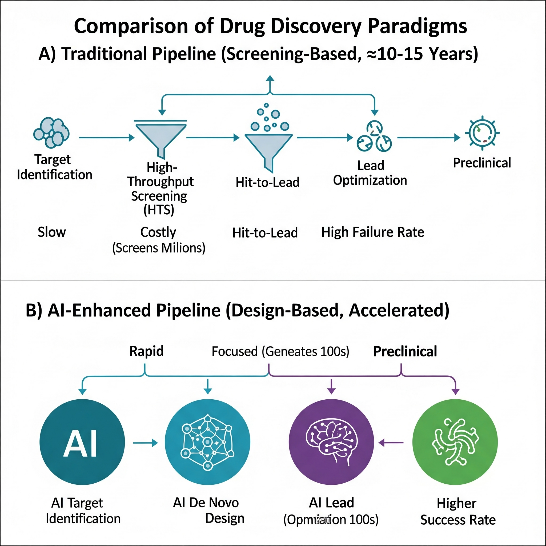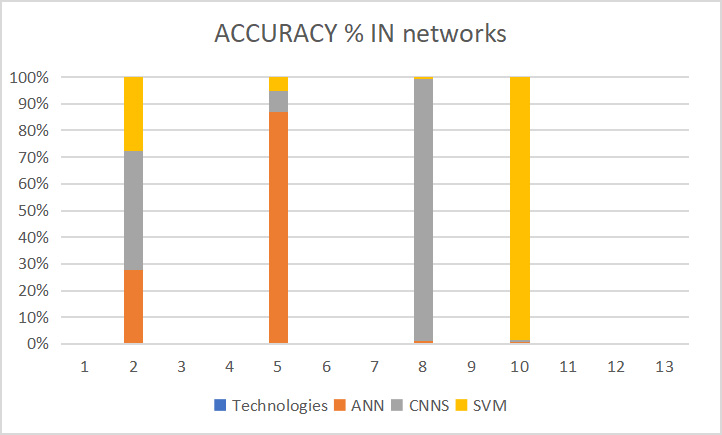Biomedical Informatics and Smart Healthcare | Volume 1, Issue 2: 79-88, 2025 | DOI: 10.62762/BISH.2025.421075
Abstract
Long non-coding RNAs (lncRNAs) are important for plant growth, how plants respond to stress, and their overall development. However, it can be difficult to identify them accurately because they come in many structures and can look similar to coding RNAs. In this study, we introduce DeepPInc V2.0, a new tool that uses deep learning to analyze both the sequence and the secondary structure of RNAs, combining them in a DenseNet-CNN hybrid model. DeepPInc V2.0 outperforms existing tools on various plant datasets, achieving an accuracy of 94.2%, an F1-score of 0.93, and a Matthews Correlation Coefficient (MCC) of 0.88. It consistently outperforms seven leading tools in this area. Importantly, the... More >
Graphical Abstract








